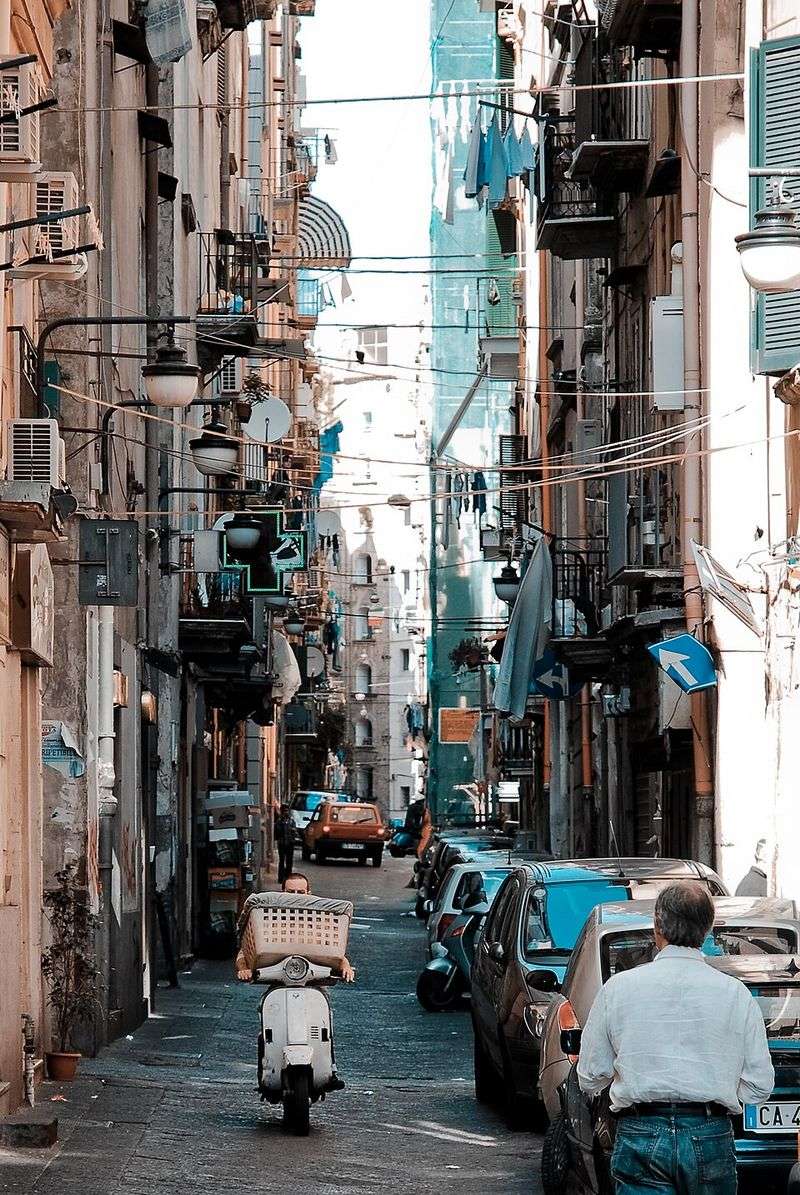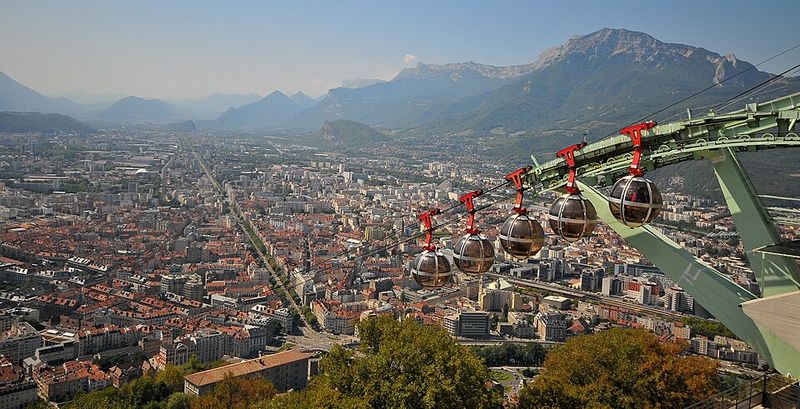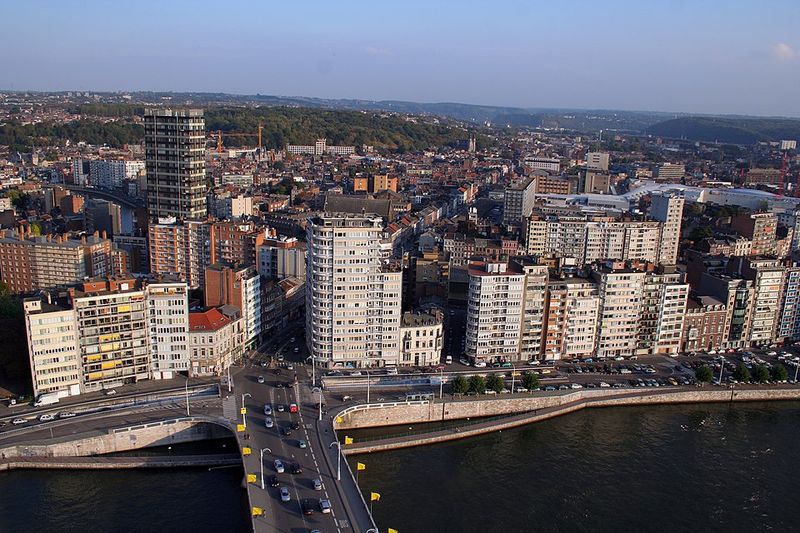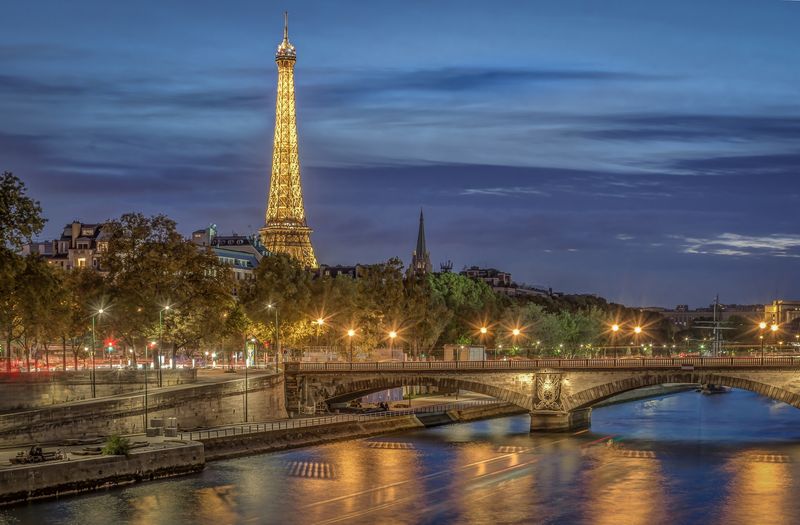Europe is known for stunning architecture, rich history, and vibrant culture, but not every city shares the same safety profile. Crime statistics reveal that certain urban areas face higher rates of theft, organized crime, and anti-social behavior. Understanding these rankings helps travelers and residents make informed decisions about where to visit or live, and which precautions to take when exploring these fascinating but complex cities.
1. Marseille, France
France’s bustling Mediterranean port has earned a crime index of roughly 66.4, making it the highest on this list. Organized crime networks, drug trafficking, and rougher neighborhoods contribute to this reputation, though many districts remain lively and welcoming.
Visitors drawn to Marseille’s coastal charm and cultural diversity should exercise extra caution, especially in less central areas after dark. Choosing accommodations wisely and staying alert in crowded zones can make all the difference.
Despite its challenges, the city offers incredible food, art, and seaside beauty for those who navigate it carefully.
2. Birmingham, United Kingdom
With a crime index around 64.7, Birmingham stands as one of the UK’s most complex urban centers. Vehicle theft, robbery, and anti-social behavior drive the numbers up, reflecting the challenges faced by any large, diverse metropolis.
Yet many neighborhoods are experiencing revitalization, with creative districts and cultural hubs drawing new energy. For residents and visitors alike, awareness of local conditions and choosing safe routes at night remain key strategies.
Birmingham’s size and diversity mean experiences vary widely, so doing a bit of homework before exploring pays off in peace of mind.
3. Coventry, United Kingdom
Though smaller than Birmingham, Coventry’s crime index of approximately 62.7 places it surprisingly high. This ranking reminds travelers and locals to select accommodations and areas with care, especially during off-peak hours.
The city’s rich automotive heritage and rebuilt post-war center attract visitors, but staying mindful of surroundings is essential. Checking local crime maps and asking locals for neighborhood advice can enhance safety significantly.
Coventry continues to grow and modernize, yet the statistics suggest that vigilance remains a wise companion when exploring this Midlands city after sunset.
4. Naples, Italy
Iconic for its pizza, ancient ruins, and dramatic bay views, Naples also carries a crime index near 62.4. Long-standing issues with organized crime and pickpocketing, particularly in tourist hotspots, keep the city on this list.
Travelers enchanted by Neapolitan culture should employ standard safeguards: secure bags, avoid flashing valuables, and stay aware in crowded areas. Many neighborhoods are perfectly safe, but knowing which zones to avoid makes a real difference.
Naples rewards the cautious visitor with unforgettable food, art, and history that few other European cities can match.
5. Grenoble, France
Nestled near the Alps and celebrated for its tech sector and universities, Grenoble might surprise some with its crime index of about 61.8. Property crime and theft likely push the numbers higher than expected for a city of its size.
For students, professionals, and tourists, neighborhood selection becomes crucial. Researching local forums and crime reports helps identify safer zones and areas to avoid after dark.
Grenoble’s natural beauty and innovation scene remain strong draws, but a little extra vigilance ensures visitors enjoy the mountains and culture without unwelcome surprises.
6. Liège, Belgium
This Walloon city reports a crime index around 60.1, signaling elevated risk compared to many other Belgian and Western European destinations. While plenty of areas remain secure, the figure suggests residents and visitors should exercise more caution than usual.
Tracking local crime maps and staying informed about neighborhood safety trends can help residents feel more secure. Tourists should follow standard urban precautions, especially near transport hubs and at night.
Liège offers rich history and vibrant markets, but awareness of its crime profile ensures a smoother, safer experience for everyone exploring this riverside city.
7. Montpellier, France
Famous for student energy, sunny weather, and a stunning historic center, Montpellier nonetheless shows a crime index near 60.0. This figure is higher than many comparable French cities, suggesting extra attention to personal security is wise.
Visitors should secure bags, avoid poorly lit streets at night, and stay alert around busy tourist zones. Residents benefit from learning local crime hotspots and sharing safety tips within their communities.
Montpellier’s charm and youthful vibe remain intact, but a mindful approach to safety helps everyone enjoy its cafes, markets, and Mediterranean warmth without worry.
8. Lyon, France
As France’s third-largest city and a UNESCO World Heritage site, Lyon is broadly safe but carries a crime index around 58.6. This ranking indicates more risk relative to many other European cities, making smart precautions worthwhile.
Good neighborhood selection, staying aware in transit areas, and following standard urban safety practices help residents and tourists alike. Lyon’s culinary scene, Roman ruins, and riverside beauty are world-class attractions.
Visitors who balance exploration with sensible caution will find Lyon rewarding, blending history, gastronomy, and culture in a city that deserves its stellar reputation.
9. Nantes, France
Attractive, historically rich, and sitting gracefully on the Loire, Nantes still shows a crime index near 58.4. This figure suggests visitors should remain as alert here as they would in larger urban zones, especially around transport hubs and late evening.
The city’s creative scene, riverside parks, and mechanical elephant draw travelers from around the world. Staying aware of surroundings, securing belongings, and avoiding isolated areas after dark are sensible strategies.
Nantes blends old-world charm with modern innovation, offering a delightful experience for those who approach it with both curiosity and common sense.
10. Paris, France
The world-famous capital, adored by millions of tourists, carries a crime index around 58.0. Its sheer scale and popularity expose visitors to higher rates of pickpocketing, theft, and occasional street crime, particularly near major attractions.
Most landmarks remain safe for the vast majority of travelers, but the ranking underlines that standard precautions are wise. Secure bags, avoid displaying valuables, and stay alert on public transport and in crowded squares.
Paris’s magic endures, offering unmatched art, cuisine, and romance for those who balance wonder with practical awareness.














